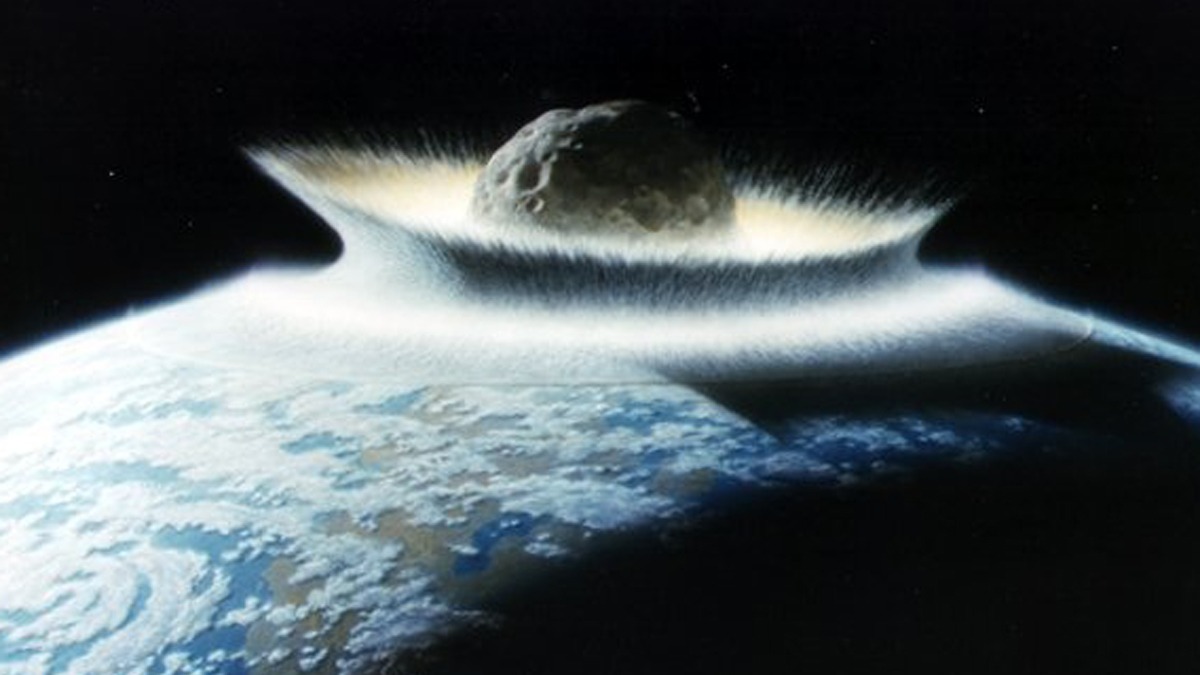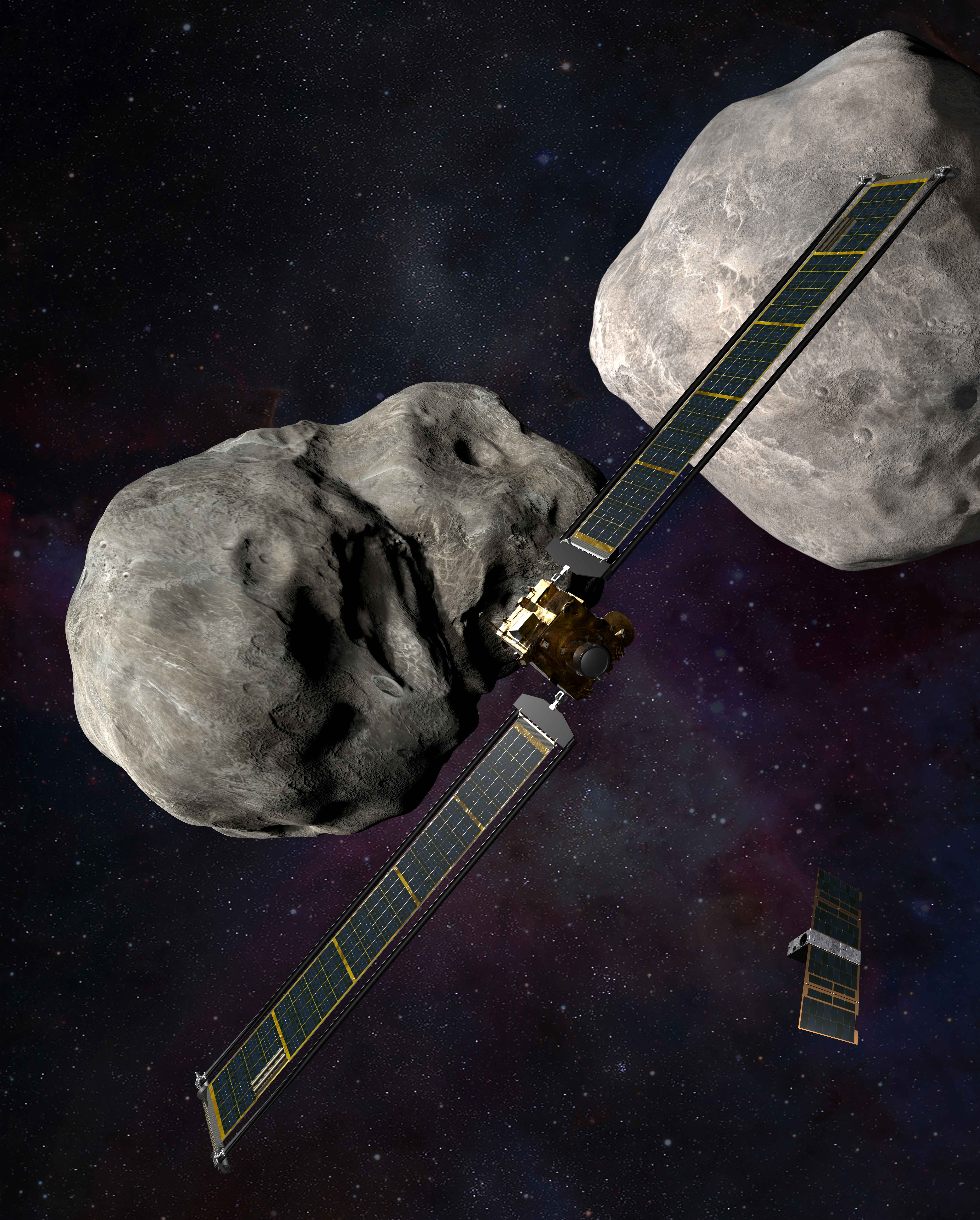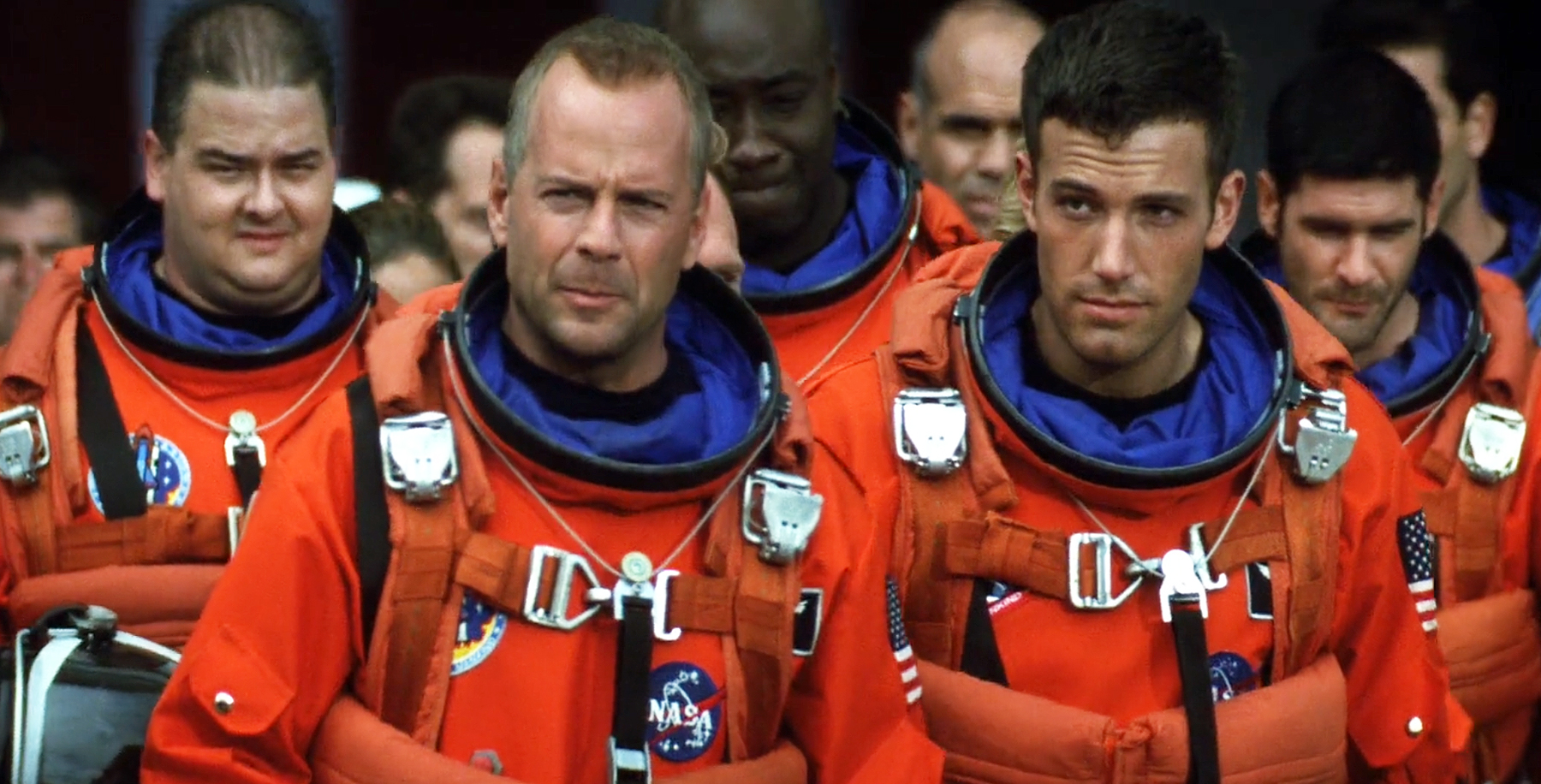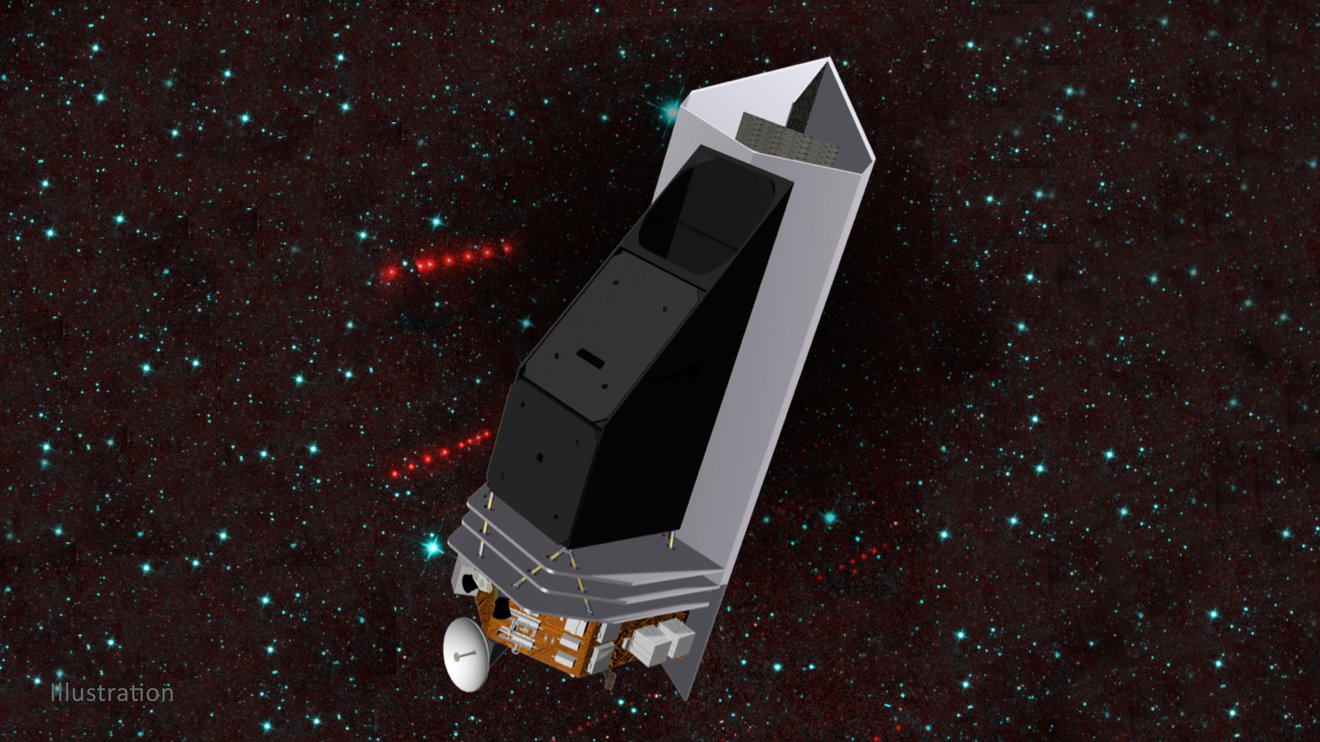How big is the asteroid threat, really?
NASA is testing out planetary defense technology, but don't worry — it's not because of an imminent threat.

Is our solar system really a shooting gallery, with Earth as a target for asteroids?
As humanity prepares for its first-ever planetary defense practice mission, NASA officials recently reassured Earthlings that they have very little to worry about.
The Double Asteroid Redirection Test (DART), which will slam a probe into an asteroid moonlet called Didymos on Sept. 27 to try to change its orbit around its parent body Dimorphos, is just a part of our toolbox against potentially threatening asteroids. (Spoiler alert: there's nothing to worry about right now.)
NASA, international agencies, and telescopes around the world have been scouring the skies systematically for more than a generation, seeking out any evidence of asteroids that may pose a serious threat to human civilization. Only a short list of space rocks are deemed threatening at all, with NASA saying there's nothing to worry about for the next century at least.
"We're constantly looking in the skies for potential new asteroids and threats," Andrea Riley, DART program executive at NASA, said during a press conference on Sept. 12.
In pictures: Asteroids in deep space
Dimorphos, at 560 feet (170 meters) in diameter, is within the class of objects that NASA is tracking to make sure they aren't on a collision course with Earth. The asteroid, however, is not considered a threat whatsoever. Riley also emphasized that NASA is more concerned about objects exceeding 1 mile (1.6 kilometers) in diameter, for which the agency has tracked down at least 90% of the population already.
Get the Space.com Newsletter
Breaking space news, the latest updates on rocket launches, skywatching events and more!
Finding the objects is one obstacle, and learning how to deal with them is the next step. The "kinetic impact" strategy that DART will demonstrate is by no means the only way we have to move an asteroid out of the way. Researchers have posed a number of other possible methods, from blowing space rocks apart with nuclear bombs to painting them to change their brightness, so that sunlight can help nudge them out of the way.
"This test," Riley said of DART, "will help give us confidence that we do have a mitigation strategy should a threat ever be identified."
But with space being such a big place, a cosmic crash remains a low probability, NASA officials emphasized — for the near future, at least. There are enough asteroids in Earth's neighborhood that, eventually, a larger one is bound to head for our planet. Just ask the dinosaurs.
Related: Darkness caused by dino-killing asteroid snuffed out life on Earth in 9 months

"If you wait long enough, there will be an object," Thomas Zurbuchen, associate administrator of NASA's science directorate, told reporters during the same press conference.
"These objects really affected our history, and we have the geologic record to prove that, with [crater] data from the moon and elsewhere," he added.
NASA is seeking a low-cost solution to work out any kinks now, when asteroid defense is not an urgent problem, he said. That way, if and when the time comes, the agency and its international partners will be prepared to deal with the issue.
"It actually allows us to move the state of knowledge forward, together with the international community, that wants to follow up with a mission to really go help translate all of our learning into the scientific context," Zurbchen said. "It's the right time to do this. It's not an external schedule that was put on us."
Related: 'Don't Look Up' delivers a punch in comet-themed climate change film satire

DART is just one of the space missions recently tasked with learning more about asteroid orbits. NASA's OSIRIS-REx spacecraft is on its way back to Earth, for example, with a sample of the asteroid Bennu. Scientists will study the sample to assess the composition of that asteroid, in part to better refine how to move such objects around in space.
Data from OSIRIS-REx is also helping astronomers better assess the impact of thermal radiation on an asteroid, Zurbuchen said. Over time, the Yarkovsky effect may affect an asteroid's orbit; as such, NASA is including thermal effects in its model "to really knock down the biggest uncertainties for orbit propagation over long periods," he said.
Another assistant in this effort is the NEO Surveyor, he said. This is a forthcoming NASA mission that will seek more asteroids in space and also aim to better predict their pathways around the solar system.

While scientists are doing their best to protect Earth from a space rock problem, the DART mission's Nancy Chabot urged perspective in thinking about the real threat of asteroids.
There are only four near-Earth asteroids that are similar to the object that killed the dinosaurs, which is thought to have had a diameter of about 6.5 miles (10 km), said Chabot, who is DART coordination lead at the Johns Hopkins University Applied Research Laboratory. "We have found all of them, we are tracking them, and none of them are a threat for the foreseeable future," she emphasized.
Even smaller objects are well-tracked, she said. Scientists have found more than 95% of objects that are more than 0.6 miles (1 km) in diameter, and none of those pose an immediate threat either, she said.
Scientists are now focusing their attention on finding objects that are a few hundred feet in diameter, for which they have found about 50% of the population. While the known objects are not a threat scientists worry about, finding more would enhance our planetary defense, she said.
Learning to manipulate such objects in space may prevent "regional devastation, [which] could be the size of a city or a small state or a small country," she said. "That is why Dimorphos is such a perfect target for this first planetary defense mission, because it's that size."
Follow Elizabeth Howell on Twitter @howellspace. Follow us on Twitter @Spacedotcom and on Facebook.
Join our Space Forums to keep talking space on the latest missions, night sky and more! And if you have a news tip, correction or comment, let us know at: community@space.com.

Elizabeth Howell (she/her), Ph.D., was a staff writer in the spaceflight channel between 2022 and 2024 specializing in Canadian space news. She was contributing writer for Space.com for 10 years from 2012 to 2024. Elizabeth's reporting includes multiple exclusives with the White House, leading world coverage about a lost-and-found space tomato on the International Space Station, witnessing five human spaceflight launches on two continents, flying parabolic, working inside a spacesuit, and participating in a simulated Mars mission. Her latest book, "Why Am I Taller?" (ECW Press, 2022) is co-written with astronaut Dave Williams.









